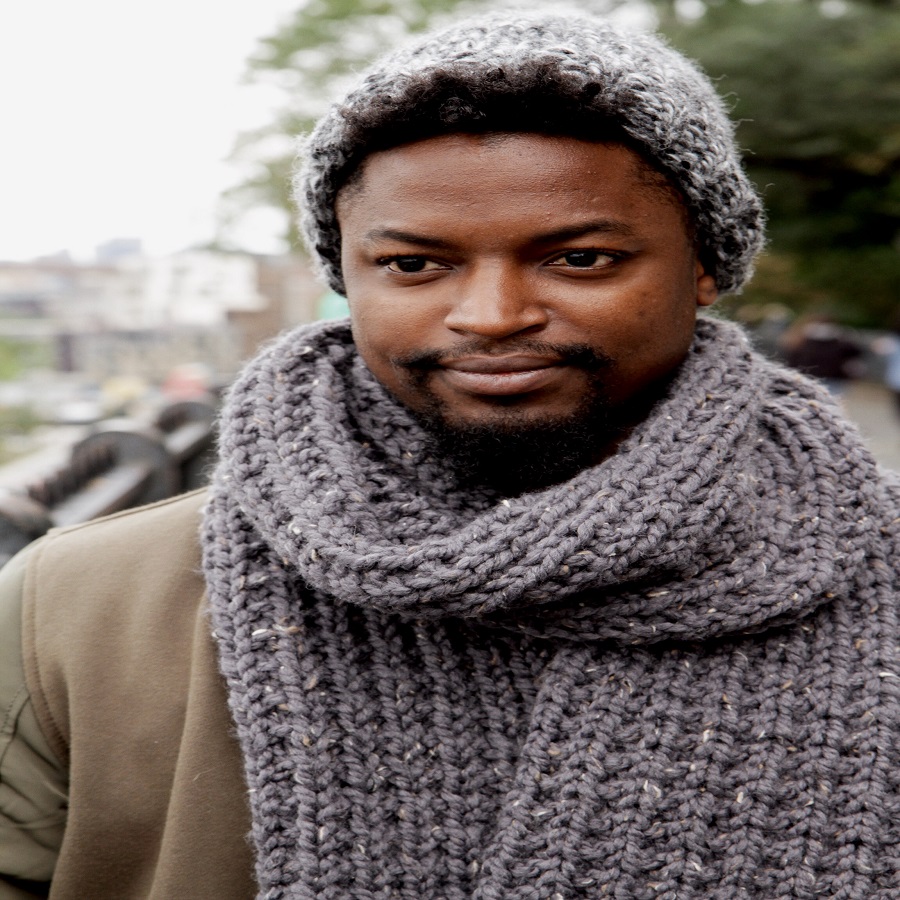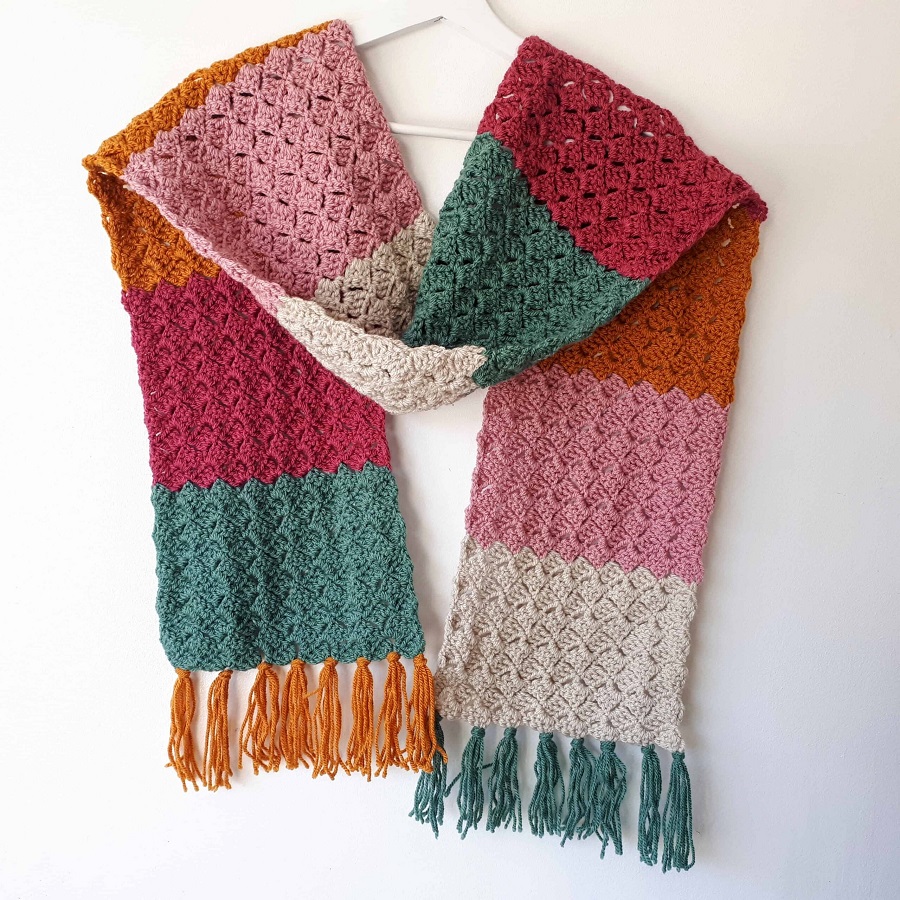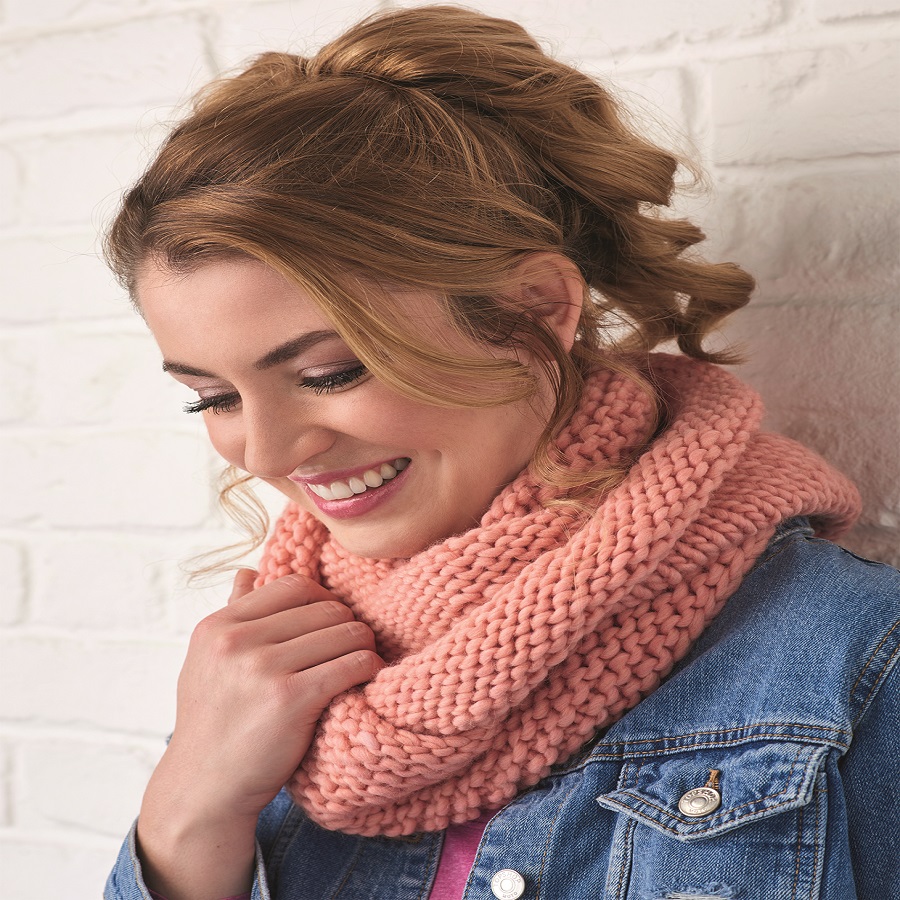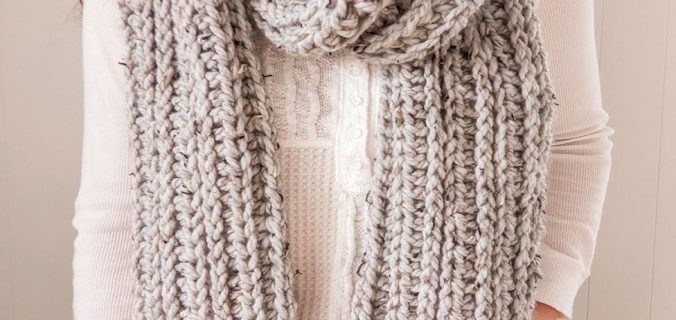Introduction
Scarf designs have transcended their original functional purpose of warmth and protection to become one of the most versatile and artistic elements in fashion. “Chic Fabrics: Exploring the Art of Scarf Design” is an invitation to dive deeper into the intricate world of scarf production, from the selection of fabrics to the design motifs, patterns, and culturally infused styles that embellish these essential wardrobe pieces.

The Fabric Spectrum
Natural Fibers
The foundation of any beautifully designed scarf lies in the choice of fabric. Natural fibers, such as silk, cotton, wool, and linen, each bring unique characteristics to scarf design:
- Silk: Known for its luxurious sheen and soft texture, silk scarves can be vibrant, with detailed prints and intricate artistry. The fluid drape adds an elegant touch, making it a popular choice for evening wear and upscale events.
- Cotton: More casual and versatile, cotton scarves are breathable, making them ideal for both warm and cool weather. They come in a myriad of prints and colors, from whimsical florals to geometric designs.
- Wool: When it comes to winter wear, wool scarves excel in keeping you warm. They can feature bold patterns, ranging from classic plaids to contemporary motifs, and can also be blended with other fibers for added softness.
- Linen: For a more textured appeal, linen scarves exude a casual elegance. Their lightweight feel and breathable nature make them perfect for summertime layering.
Synthetic Fibers
While natural fibers have their charm, synthetic fibers add durability and affordability to the mix. Fabrics like polyester and acrylic can mimic the feel of silk or wool, allowing designers to explore vibrant colors and patterns while ensuring longevity.
The Design Journey
Conceptualization
The journey of a chic scarf begins with conceptualization. Designers often draw inspiration from nature, culture, art, and travel. Sketches and mood boards help capture the essence of the envisioned scarf. This stage requires not just creativity but a cultural sensitivity to the motifs and color palettes that resonate with diverse audiences.
Patterns and Motifs
Once the concept is set, the next step is the design of patterns and motifs. Scarf designs can range from minimalistic aesthetics to intricate, lavish designs. Some popular patterns include:
- Floral: Often associated with femininity, floral patterns can evoke whimsy or sophistication, depending on the execution and color palette.
- Geometry: Geometric patterns cater to modern design sensibilities. Lines, triangles, and abstract shapes create visually striking pieces that appeal to a younger demographic.
- Cultural Illustrations: Scarves can also reflect cultural stories and heritage through traditional patterns and symbols. This allows wearers to express their identity and connect with their roots.
Techniques in Scarf Production
Screen Printing
Screen printing is a popular technique for applying designs to scarves. It allows for bold colors and repeating patterns but demands precision in execution. This method is ideal for making limited runs of a design with high quality.
Digital Printing
In the digital age, digital printing has revolutionized scarf production. This technique allows for intricate designs and countless colors, giving designers the freedom to explore without constraints. The result is often stunning, with crisp details and vibrant hues.
Hand-Painting
For a truly unique piece, some designers opt for hand-painting or dyeing techniques. This labor-intensive method ensures that no two scarves are alike, and each piece embodies the artist’s individuality and craftsmanship.
 Styling the Chic Scarf
Styling the Chic Scarf
Versatility in Wear
The chic scarf is not just an accessory; it’s a statement piece. Here are some trendy ways to style a scarf:
- Neckwear: Loop it around your neck for a classic or modern look. Depending on the scarf’s size and fabric, you can create a casual knot or a polished, sophisticated bow.
- Head Wrap: Scarves can also serve as headbands or hair wraps. This adds a playful touch to any outfit while keeping hair in place.
- Belt Alternative: For an avant-garde touch, use a scarf as a belt. This method can accentuate the waist while adding a pop of color or pattern to a basic outfit.
- Bag Accessory: Tying a small scarf to the handle of a handbag brings a chic flair to a simple accessory. It’s a subtle yet effective way to enhance your overall look.
The Future of Scarf Design
As the fashion world continues to evolve, scarf design is likely to follow suit. Sustainability is becoming an essential consideration for designers, with a growing emphasis on eco-friendly materials and ethical manufacturing practices. Innovations in fabric technology, such as biodegradable materials, might soon reshape how scarves are made and enjoyed.
Furthermore, technology, such as augmented reality (AR), is paving the way for interactive shopping experiences. Imagine envisioning how a scarf will look on you before making a purchase by using AR apps, bridging the gap between traditional fashion and modern technology.

Conclusion
In the intricate world of scarf design, fabric selection, artistic vision, and cultural significance fuse seamlessly to create not just accessories, but wearable pieces of art. As we explore the realm of chic fabrics and innovative techniques, we are reminded that scarves remain an enduring symbol of style and self-expression. Whether you’re wrapping yourself in a luxurious silk scarf or opting for a cozy wool piece, the art of scarf design continues to inspire and captivate fashion enthusiasts around the globe. Dive into this world, and let a chic scarf become your next signature statement.
